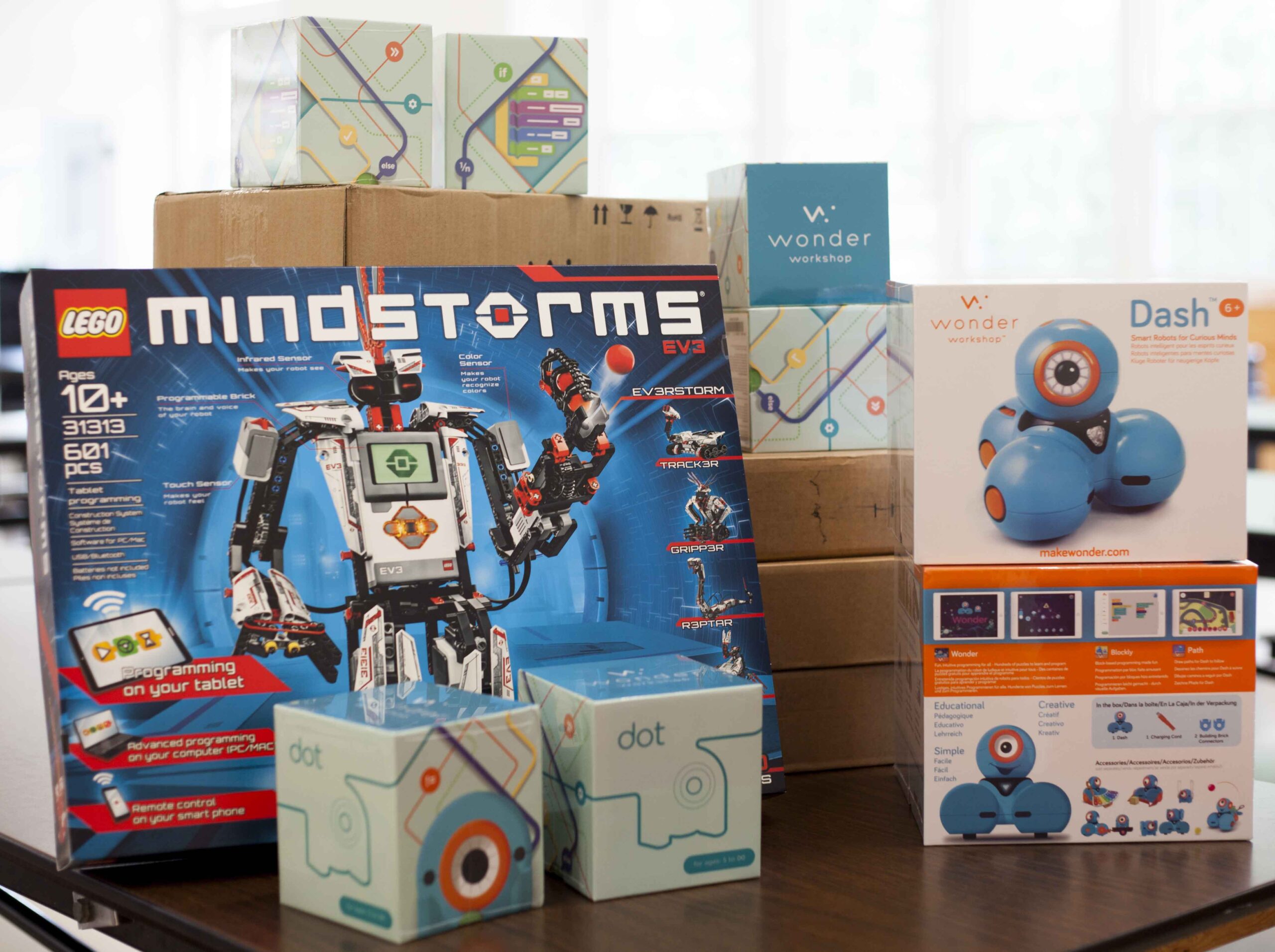
How to program a coding robot for educational purposes?
Programming is an essential skill in today’s world, and what better way to learn it than through hands-on experience with a coding robot? These robots are designed to teach programming concepts in a fun and engaging way, making them an ideal tool for educational purposes. In this article, we will explore how you can program a coding robot and leverage its capabilities for educational benefits. Let’s dive in!
Choosing the right coding robot
Before you can start programming a coding robot, you need to choose the right one for your educational needs. There are many different coding robots available on the market, each with its own set of features and capabilities. Some popular options include:
- LEGO Mindstorms EV3
- Ozobot Evo
- Wonder Workshop Dash
Consider factors such as age-appropriateness, programming complexity, and available resources when selecting a coding robot for educational purposes.
Getting started with programming
Once you have selected a coding robot, it’s time to start programming! Most coding robots come with dedicated software that allows you to create programs using visual programming languages like Scratch or Blockly. These languages use blocks of code that you can drag and drop to create sequences of commands for the robot to follow.
Start by familiarizing yourself with the programming interface and experimenting with basic commands such as moving forward, turning, and making sounds. As you gain confidence, you can move on to more complex programming concepts like loops, conditionals, and variables.
Designing educational activities
One of the key benefits of using a coding robot for educational purposes is the ability to design custom activities that align with your learning objectives. Consider incorporating the coding robot into existing lesson plans or creating new activities that focus on specific programming concepts.
For example, you could create a maze-solving challenge where students must program the robot to navigate through a maze using sensors to detect walls and obstacles. This activity can help students develop problem-solving skills and understand concepts like sensors and decision-making.
Assessing learning outcomes
After students have completed programming activities with the coding robot, it’s important to assess their learning outcomes to gauge their understanding of programming concepts. Consider using rubrics or checklists to evaluate student performance and provide feedback on areas for improvement.
Encourage students to reflect on their programming experience and identify areas where they excelled or faced challenges. This self-assessment can help students develop a growth mindset and persist in their programming endeavors.
Conclusion
Programming a coding robot for educational purposes is a rewarding experience that can help students develop essential skills in programming, problem-solving, and critical thinking. By choosing the right coding robot, getting started with programming, designing educational activities, and assessing learning outcomes, you can create a rich learning environment that engages students and fosters creativity. So, what are you waiting for? Dive into the world of coding robots and unlock the potential for endless educational opportunities!
Was this helpful?
0 / 0